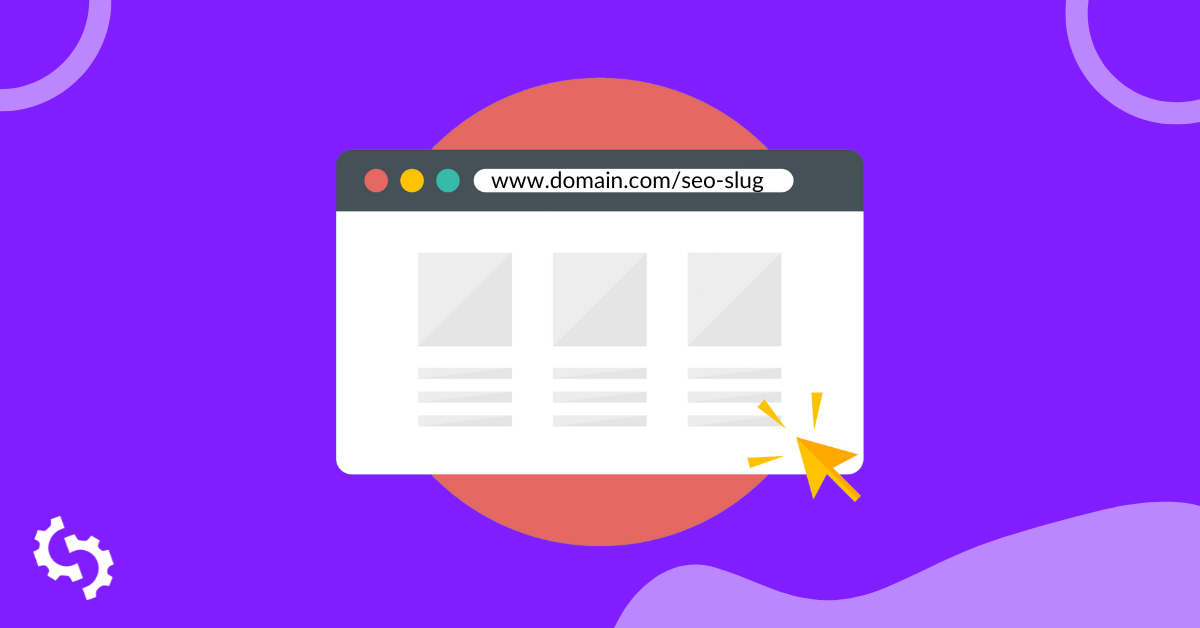
One of the most crucial SEO elements that are most often overlooked by website and business owners is the SEO slug.
An SEO slug is the part of a URL that identifies a specific page on a website. Optimizing your SEO slug for Google is essential to help improve your website's visibility in search engine results.
This guide will explain an SEO slug and how you can optimize it for search engines to attract more organic traffic.
What is an SEO Slug?
An SEO slug is the descriptive text of the URL which tells search engines and users about the content of your page.
The slug typically follows the domain name and includes a few words that describe the page's content, separated by hyphens. It is also known as the "path" or "URL extension."
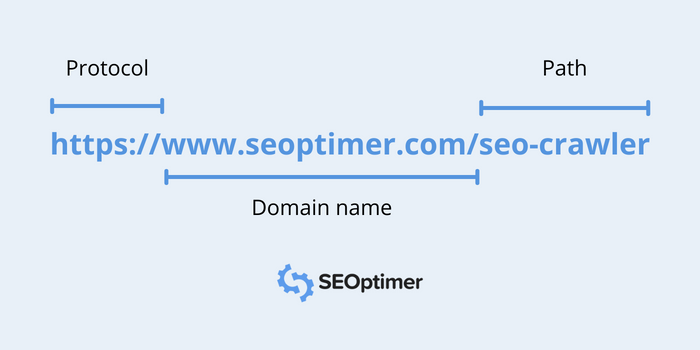
The SEO slug should have keywords as it plays a significant role in your search engine rankings. The text of the slug is entirely customizable and can be changed depending on your SEO strategy.
For example, if a web page is titled "How to prepare mango ice cream," a good SEO slug would be "prepare-mango-ice-cream."
The SEO slug should be short and descriptive and contain the landing page's main keywords, making it easy for users and search engines to identify what the page is about.
Why are SEO Slugs Important?
Here are the top reasons why SEO slugs are essential:
- Helps users to understand what the page is about just by looking at the URL. This can improve the user experience and increase the likelihood of users clicking on it.
- Lets search engines better understand the content of a page which can contribute to better rankings.
- Improves social sharing since a descriptive and easy-to-understand SEO slug encourages users to share the page.
How to Optimize an SEO Slug for Search Engines?
Here are the top ways to optimize an SEO slug for search engines:
Always Add your Target Keyword
You should always include the primary target keyword of the page in the SEO slug. The page URL should be descriptive and keyword-rich to get the maximum SEO benefit.
For instance, if your page is about “how to do SEO keyword research,” then you can set the SEO slug as “yourdomain.com/seo-keyword-research-guide” or “yourdomain.com/keyword-research.”
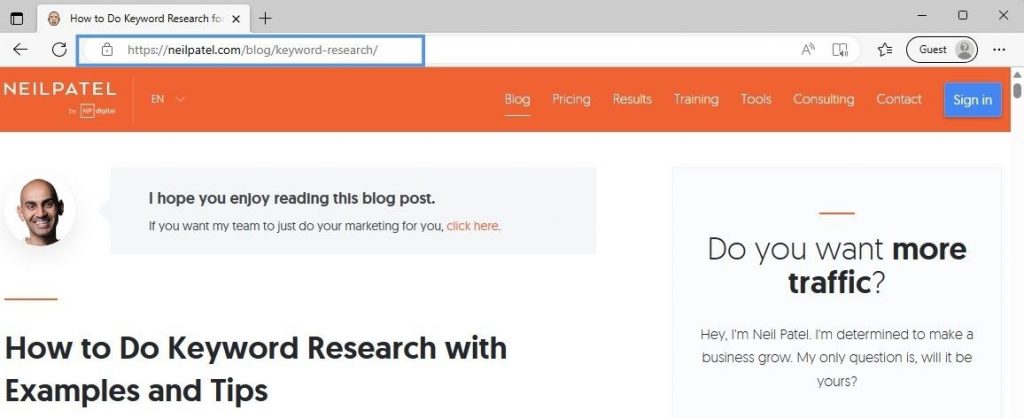
Some poor examples of SEO slug for the above page would be:
yourdomain.com/post-23
yourdomain.com/page?id=56
Your audience should be able to determine the page's contents just by looking at the URL.
Keep the SEO Slug Short
Always keep the length of your SEO slug short and straightforward, as it helps to improve the overall user experience since users don't have to do a lot of reading to understand the on-page content.
Furthermore, a longer slug won’t be able to get fully displayed in the result page snippet making it difficult to read completely.
The ideal length of your SEO slug should be between 3-6 words. Although the number of words you choose as your slug depends on the page content, in most cases, you should aim to keep the URLs in this range.
Use Lowercase Letters Only
Ensure that the letters in your slug are always lowercase to avoid content duplication, as search engines consider page URLs case-sensitive.
If you have created two URLs, like “yourdomain.com/teddy-bear-pictures” and “yourdomain.com/TEDDY-BEAR-PICTURES,” search engines will count them as two unique URLs, thereby causing a duplicate content issue.
Separate Different Words
The words you use in your slugs should be separated from each other to improve the readability of the URL and make it more understandable.
Hard-to-read words will take more time to interpret and take your site visitors away due to hard readability.
An example of a poor SEO slug is:
yourdomain.com/bestparksinnyc
And here is an example of a good SEO slug:
yourdomain.com/best-parks-nyc

As you can see, the second slug is easier to read and understand than the first one.
Use Hyphens Instead Of Underscores
Some web admins make the mistake of using numbers, underscores, or symbols in the SEO slug, which should be avoided.
Search engines, like Google, consider hyphens as word separators.
You should always use hyphens as word separators in your SEO slug and not any other special character to provide spaces between words. This way, you can keep your page URLs clean and uncluttered.
Here is an example of an SEO slug using underscores, which is not recommended:
yourdomain.com/importance_of_seo
And here is an example of an SEO slug using hyphens to make it easier for search engines to crawl and index the page:
yourdomain.com/importance-of-seo
Create Descriptive SEO Slugs
The crucial role of SEO slugs is to provide the readers and crawlers with information about the web page. Ensure there are no fluffs in the phrases you use for the slug.
The words should be minimal but descriptive enough to make the users understand the page.
The use of articles, propositions, and numbers can be omitted as search engines consider them as stop words and do not recognize them for rankings.
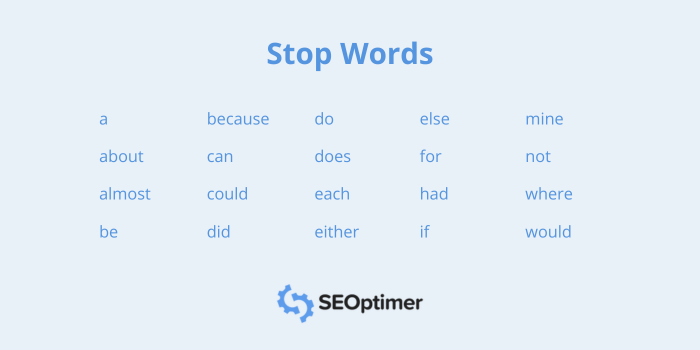
Always ensure to use one of the primary keywords in the URL as it accurately describes the page and significantly increases the potential to rank your website higher.
Optimized Slug: /youtube-tag-extractor
Bad Slug: /the-use-of-youtube-tag-extractor
Avoid Special Characters
Search engines do not recognize other special characters besides the hyphen, which is also considered as the word separator.
Avoid the use of any special characters or emoticons in your URL. Search engines convert them immediately into percentage characters, leaving your URL all jumbled up.
Hence, if your page is about a “YouTube hashtag generator,” a good SEO slug will be:
yourdomain.com/youtube-hashtag-generator
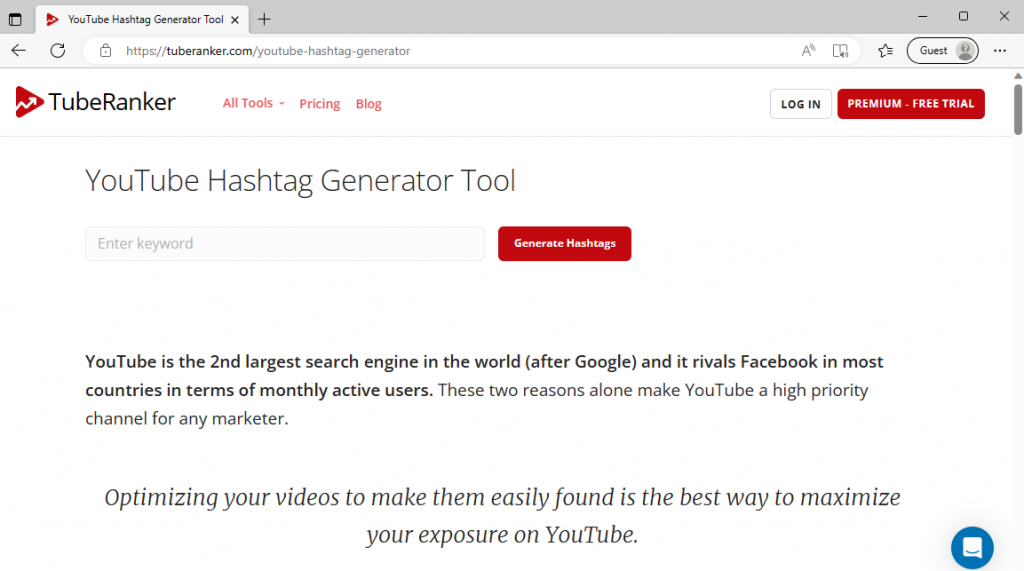
And a poor SEO slug having special characters can be:
yourdomain.com/youtube-#-generator
Match Slug with the Title
When creating blog pages, matching the SEO slug with your content's title is essential to boost the SEO score of the page.
If the content title is very long, you can reduce the URL to a maximum of three to five words for effective search engine visibility and audience reach.
Avoid Putting Dates in the Slug
Avoid dating slugs as it makes your content stale for the audience after that particular date has passed.
For an article on the topic “Top SEO trends for 2023”, a poor URL slug is:
yourdomain.com/seo-trends-2023
And a good SEO slug is:
yourdoamin.com/seo-trends
A web page with no date in the slug remains evergreen and has more potential to attract audiences for longer.
Update Slug on Time
You should keep your SEO slugs updated before launching your new website. If you have already launched your website, revise all your SEO slugs as early as possible to avoid site indexing issues.
Also, don’t forget to submit an updated sitemap via Google Search Console once all the old URL slugs are updated with new ones.
Additionally, you should always 301 redirect the old URLs to newly created SEO slugs, as this will help to preserve the link juice.
Avoid updating your SEO slugs frequently, which can harm your search engine rankings.
How to Edit an SEO Slug in WordPress
Here is how you can edit an SEO slug in WordPress:
- Log in to WordPress.
- Go to the dashboard.
- Click on the all posts option.
- Under the blog post, select the quick edit button.

- Enter your desired post slug.
- Click on update to create the new SEO slug.
How to Edit an SEO Slug in Shopify
Here are the steps to edit an SEO slug in Shopify:
- Log in to your Shopify account.
- Go to the settings section of the page where the slug needs to be edited. For instance, if you wish to edit your "About" page, go to the respective page by clicking on the "Pages" tab on the left side of the interface.
- A page with all the page elements, including the description, title, and media, will appear.
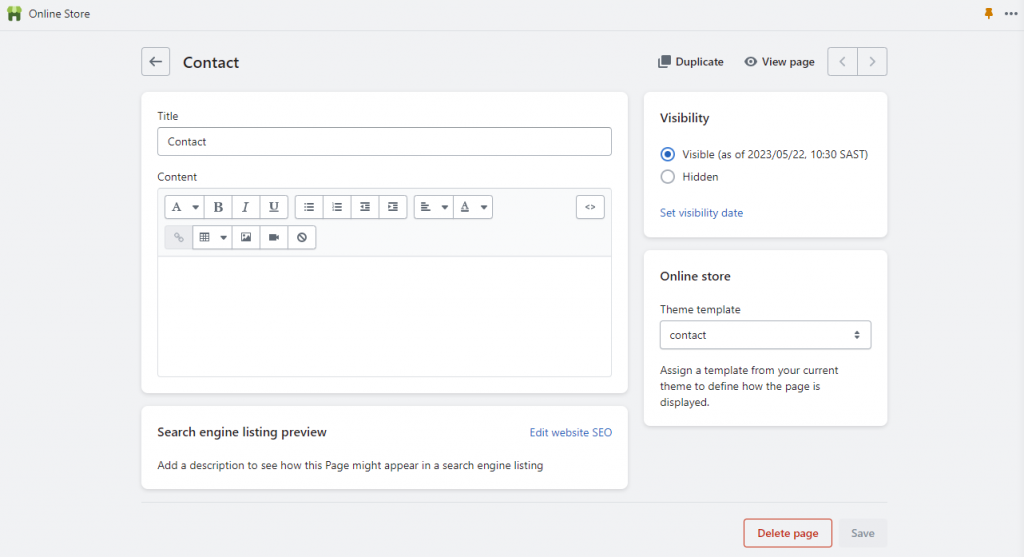
- Scroll down and click on "Edit website SEO".
- Replace the current slug with the new one in the URL and handle options.
- Now, tick the box to create a URL redirect.
- Click the save button and check if the changes have been made.
How to Edit an SEO Slug in Wix
Here are the steps to edit the URL or SEO slug in Wix:
- Log in to your Wix account.
- Click on the "Site Pages and Menu" option in the editor section.
- Select the page you want to edit.
- Click on the more actions icon.
- Select the "SEO basics" button and enter the desired URL in the appropriate field.
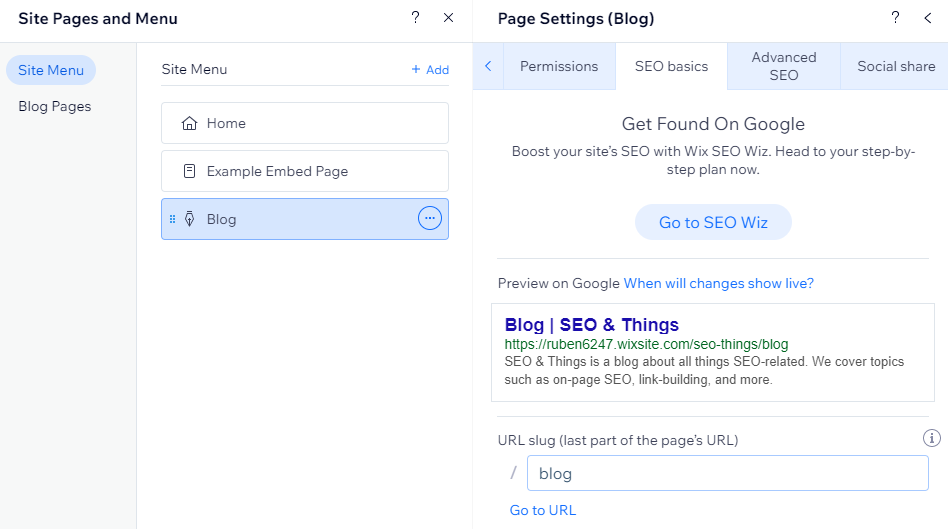
- Tick the box to automatically redirect customers from the old URL to the new one.
- Click on enter to save changes.
Conclusion
An SEO slug is the unique part of the URL for each of your web pages, and it should be chosen wisely to make it easier for search engines and users to understand your page content.
Remember that the page URL is vital to the overall SEO marketing strategy, leading to more organic clicks and conversions. Follow these SEO slug best practices listed in this guide to create SEO-friendly slugs.










